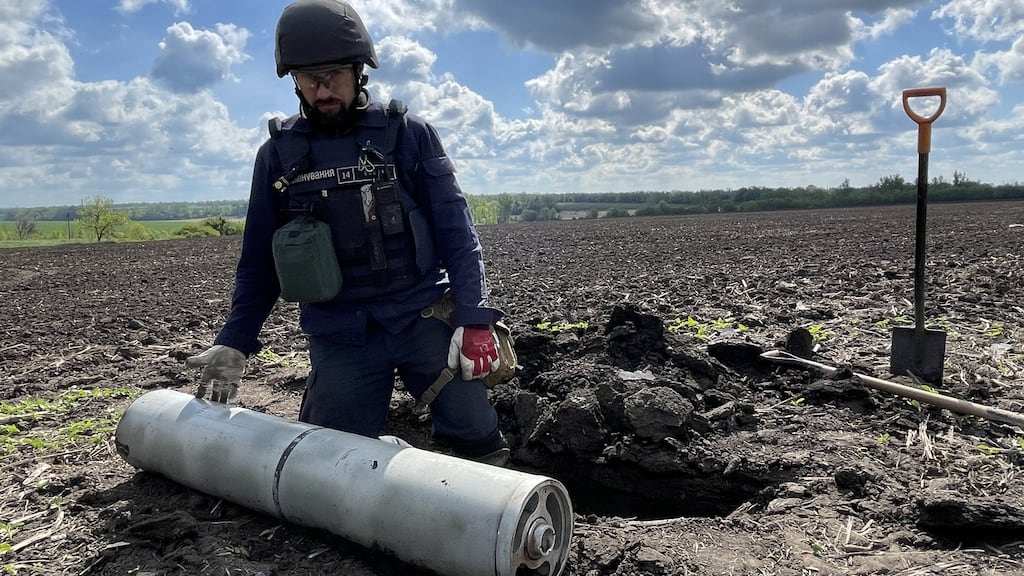On most May mornings Volodymyr Khristoforov would be surveying fields near Kharkiv airport to see how his crops are faring as eastern Ukraine's long winter gives way to mild spring.
“We’d usually be growing sunflowers or corn or alfalfa or radishes – all sorts of things,” the agronomist says from the cab of his pick-up truck. “But not this year.”
Since Russia invaded Ukraine 12 weeks ago – pouring troops and armour across a border that is just 35km from Kharkiv – the state emergency service has had to remove 10 rockets or their remains from the fertile "black earth" land that Khristoforov manages.
On this recent morning, Khristoforov leads a team of the service’s sappers through the fields to what they identify as the tail section of a large Uragan (“Hurricane”) rocket; they quickly confirm that it no longer contains any explosives and is now just a battered piece of grey scrap metal.
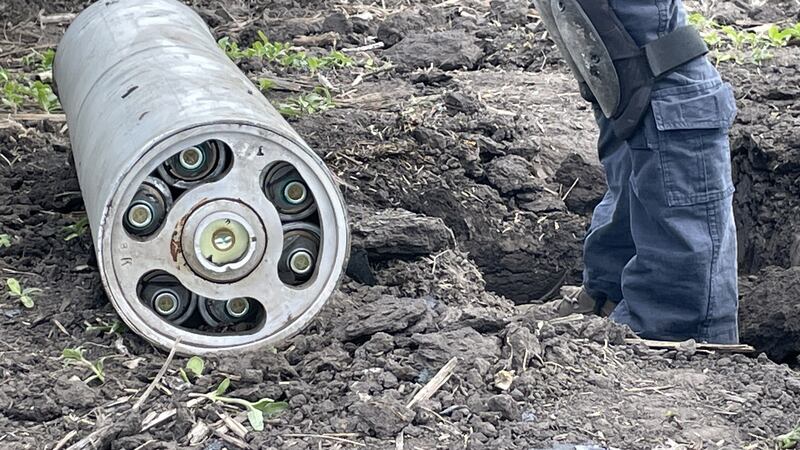
About a kilometre further on, however, Khristorofov has something else to show them – another Uragan that is still packed with unexploded cluster munitions.
"Cluster munitions are tricky," sapper Artur Silchenko says with professional understatement – three of his colleagues were killed and four injured last month in Kharkiv when defusing the "bomblets" that such weapons are designed to scatter over a wide area.
“You should never touch them or go near them or pick them up,” he adds. “They are extremely dangerous.”
Ukrainian sappers have already dealt with some 100,000 shells, mines and other explosives left by the war this year, defusing or destroying items that pose a deadly hazard to civilians and could otherwise lurk in towns, fields and forests for decades to come.
Ukraine’s army this month forced Russian troops back to the border, bringing respite to Kharkiv but not to its sappers, who fear for people now returning to familiar places where the new threat of unexploded ordnance and even tripwires and other booby traps may hide.
“It is dangerous for people coming back,” says Silchenko (25).
“They could come across something when they go out into nature to relax, into the woods or to a beach by a lake or river. And it’s the same for people working in the fields,” he says. “We’ve had cases of kids picking up ordnance, and thankfully their parents have taken it off them and called us.”
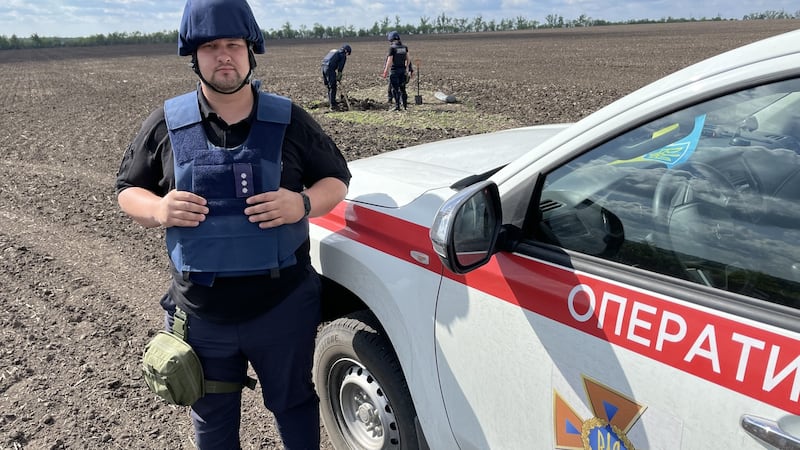
Silchenko and his team assess that it is safe to dig out the Uragan, and when they lay it down they find that all 30 or so of its bomblets are still on board.
"It looks like it was shot down by our air defences," says fellow sapper Oleksandr Humenchak.
“All the cluster munitions are still inside, so it should be stable enough for us to load safely into the truck and take it away.”
Human Rights Watch said in report this month that “Russian forces have repeatedly used cluster munitions in attacks that killed hundreds of civilians and damaged homes, hospitals and schools since its invasion of Ukraine. Ukrainian forces appear to have used cluster munitions at least once. Both countries should cease their use of this banned weapon and commit to joining the international treaty prohibiting cluster munitions.”
Workload
Humenchak, a sapper since 2017, has worked previously in the Donbas region to the south of Kharkiv, where for eight years Ukrainian troops have been fighting separatist militia that are armed and led by Russia.
“I have experience, but now the workload is huge,” he explains, standing in the hole where the Uragan landed.
“I’ve barely had a day off since the full-scale war began. And even if it ended today, it would still take many years to clear the country of all the unexploded rockets and mines and other things. And clearly it’s not ending today.”
As he spoke, Ukraine’s army was driving Russian forces away from Kharkiv to a distance beyond the range of most of their artillery and rocket systems such as the Uragan.
Russia can still strike every Ukrainian city with its long-range missiles, but people started coming home to Kharkiv as the boom of shelling receded and the threat of artillery attacks on residential areas diminished.
They are returning to a formerly vibrant university city, home to 1.4 million people, which has been severely damaged in a Russian invasion that has killed thousands of civilians, displaced about six million people inside Ukraine and driven about the same number abroad; international economists say it will cost many hundreds of billions of euro, and perhaps trillions, to rebuild the country of 42 million.
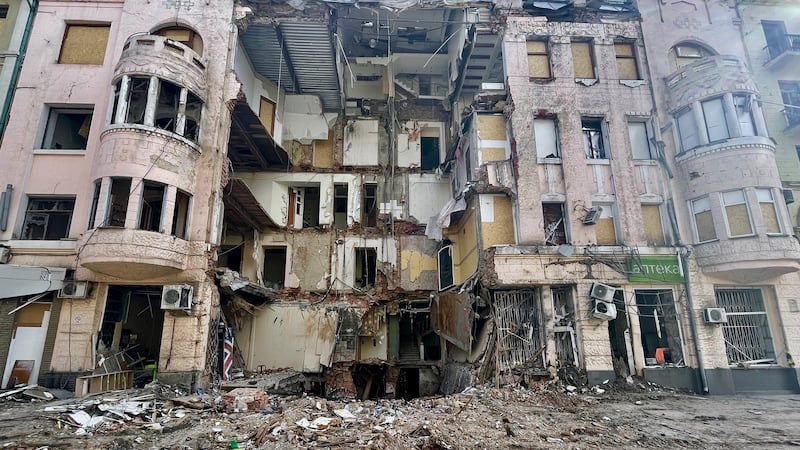
Workers for the city and utility firms have tried to repair bomb damage to power lines, gas and water pipes as quickly as possible during the war, even at considerable personal risk, and Kharkiv mayor Ihor Terekhov is already talking about a massive reconstruction project led by British architect Norman Foster.
"We are not sitting on our hands. Today a new master plan for the city of Kharkiv is already being created. Lord Foster and his team, along with Spanish and our own best architects, and a Berlin agency are working on this," Terekhov told local media last week.
Without naming names, he said financiers were also “ready to invest in, among other things, communication systems, new transport and the building of roads and residential districts”.
“Investors are now holding the concluding round of talks with the central authorities in Kyiv, and when we give the go ahead it will begin. Kharkiv is a priority.”
Public transport
Kharkiv relaunched several bus and trolleybus lines this week, and Terekhov said he hopes to restart the metro system within a fortnight – even though some 8,000 people who sought refuge from shelling are still living in its stations and on parked trains.
“Some people have already left the metro. We are not forcibly removing anyone,” he said on Monday. “We have begun to free up our trains . . . but people can still stay in the stations [while] we look for hostel accommodation for them.”
Kharkiv’s metro stations became a colourful underground world over the last 12 weeks, populated by people who fled damaged or destroyed homes, sought safety from Russian shelling or found it easier to live in a place where volunteers offer food and other help, rather than in districts where everything – from shops and pharmacies to lifts in high-rise tower blocks – has shut down.
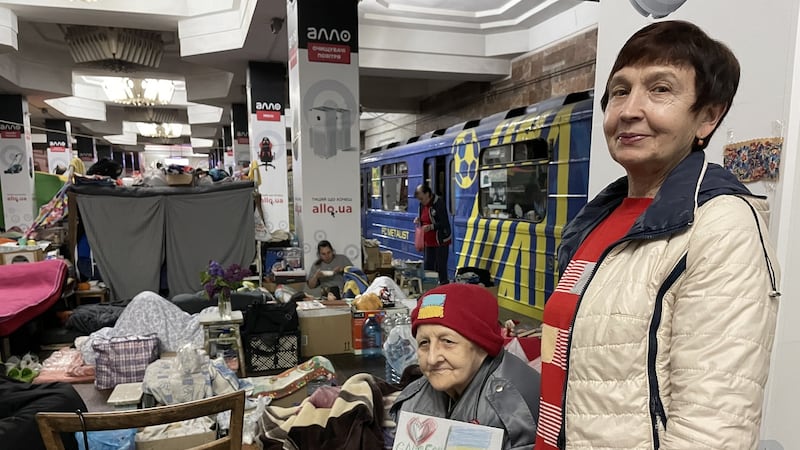
“It’s become a village down here,” says Nina, who has been living with hundreds of others in the Heroiv Pratsi (“Heroes of Labour”) station at the end of a metro line near Saltivka, a district of northeastern Kharkiv that was heavily shelled.
People have brought mattresses and bedding and bits of furniture down here, making their own little encampments for their families and pets; the yapping of a dog mingles with the bright twittering of colourful budgerigars in a cage, as a big ginger cat on a lead looks on from atop a large cardboard box.
Families come and go from train carriages that are now home, heaving open the heavy sliding doors, and washrooms usually reserved for station staff are now accessible to all.
“There is a play area for children, and we’ve got kettles and a microwave to make food,” says Nina, who has an apartment near the station.
“It’s noticeable how the mix of people has changed over time. At first there were people of all ages and types down here. But now it’s mostly older people and the less well-off, who have nowhere else to go or refuse to leave.”
Nina says her flat has not been damaged but she is simply too scared to go home for long.
“Strange as it sounds – because it’s cold and damp down here – this is where I feel most comfortable now. When the shelling starts, at least I know I’m in a safe place.”
Russian troops were still striking the edge of Kharkiv late last week, and shells landed near Saltivka, sending up a column of black smoke, as Nina and others took some fresh air at the station entrance: “That’s how safe we are above ground,” she says.
Many pensioners with chronic diseases are living underground, and Médecins Sans Frontières (Doctor Without Borders – MSF) is helping Kharkiv doctors look after them, and working with local psychologists to provide mental health care in the metro stations.
"We're talking about people who have been underground for more than two months, and even in areas where there has been no shelling for several days, people do not come out," says Joao Martins, the head of the MSF mission in Ukraine.
“There is clearly a big need for mental health support here.”
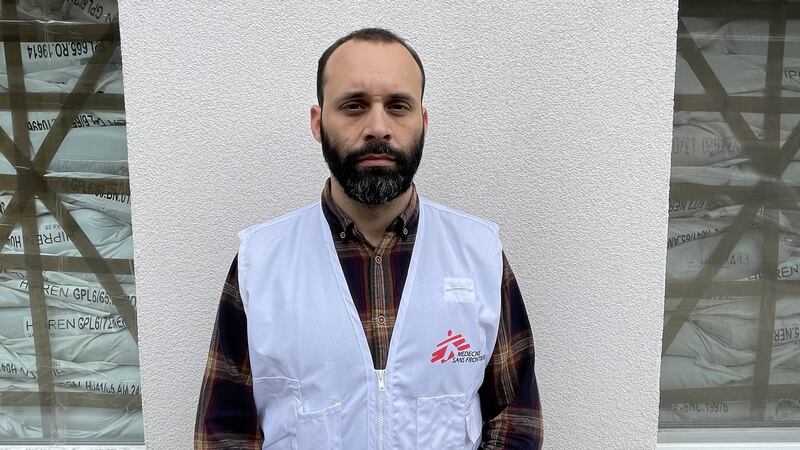
In a sunny farmer’s field near Kharkiv’s destroyed international airport, the sappers dealing with a fully loaded Russian Uragan rocket also know there is a huge amount of work ahead to restore Ukraine and its people to health.
“Making everywhere safe, removing all unexploded ordnance, will take a very long time,” says Silchenko.
“I don’t think we’re talking about a year or even 10 years, but something more like 50 or 60 years. I can imagine my grandchildren still doing this work.”
